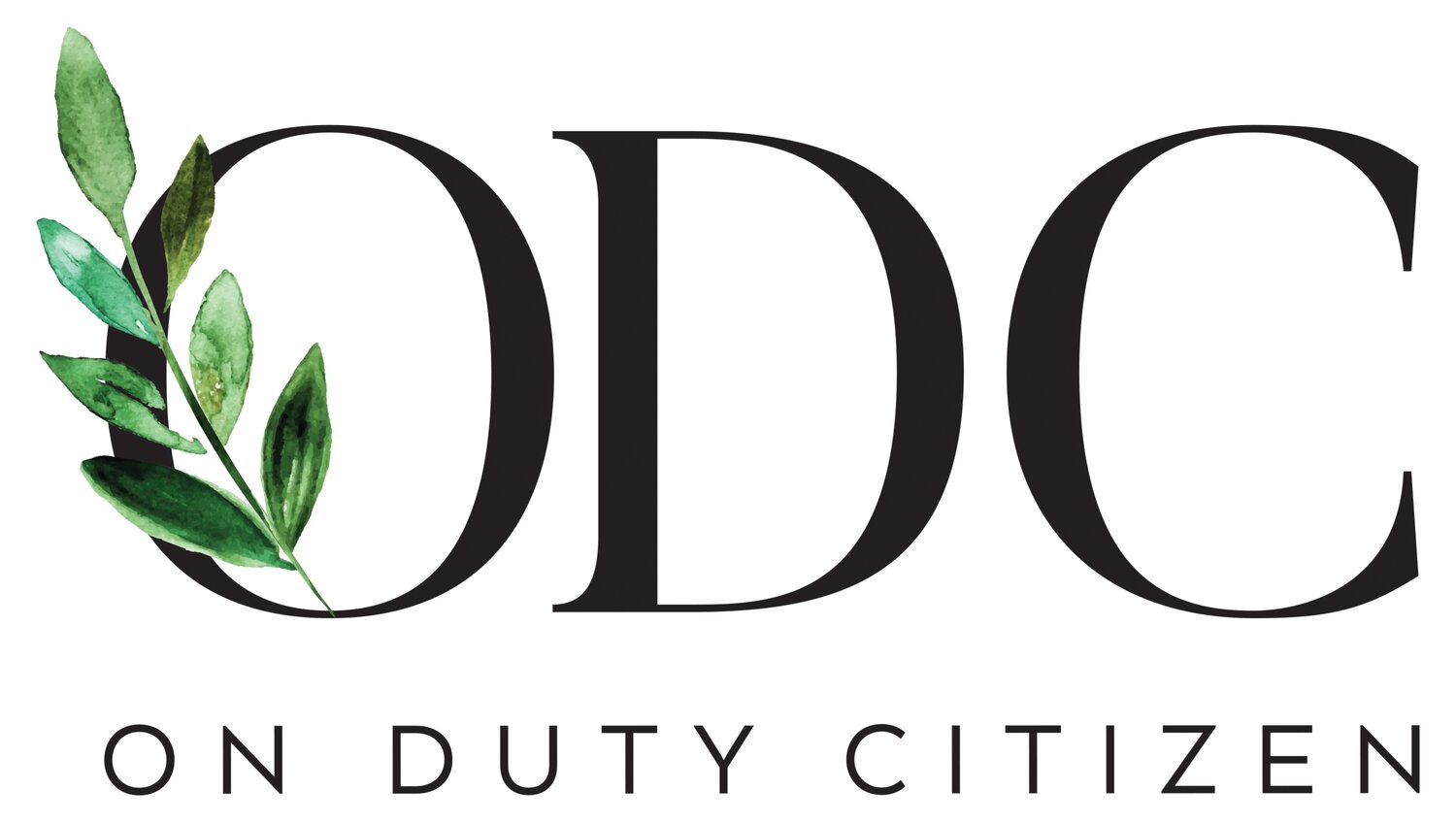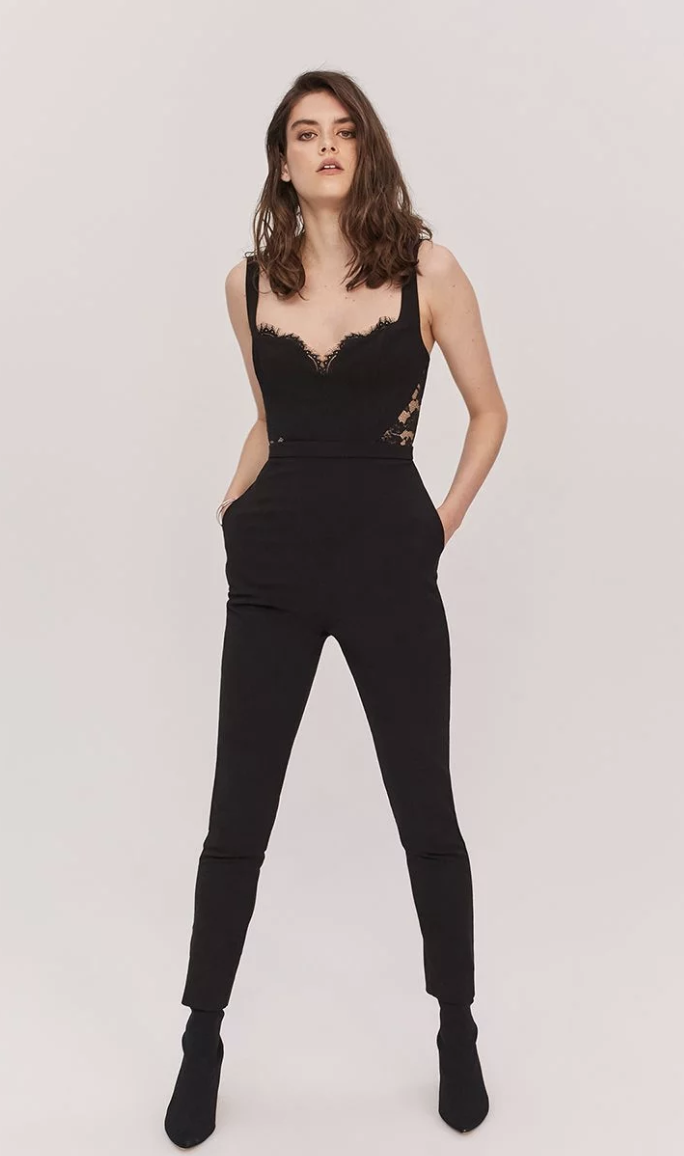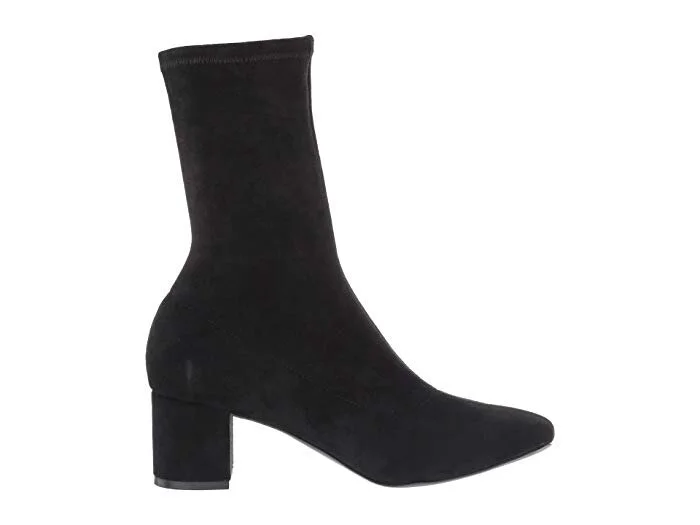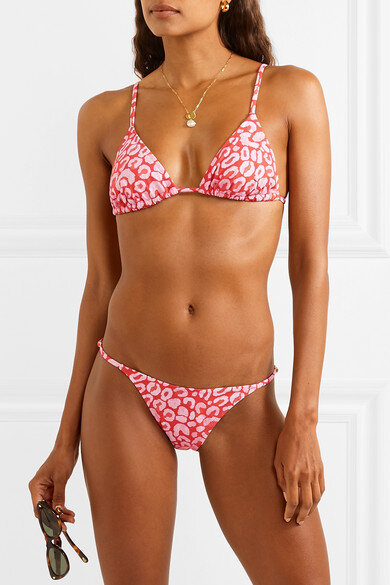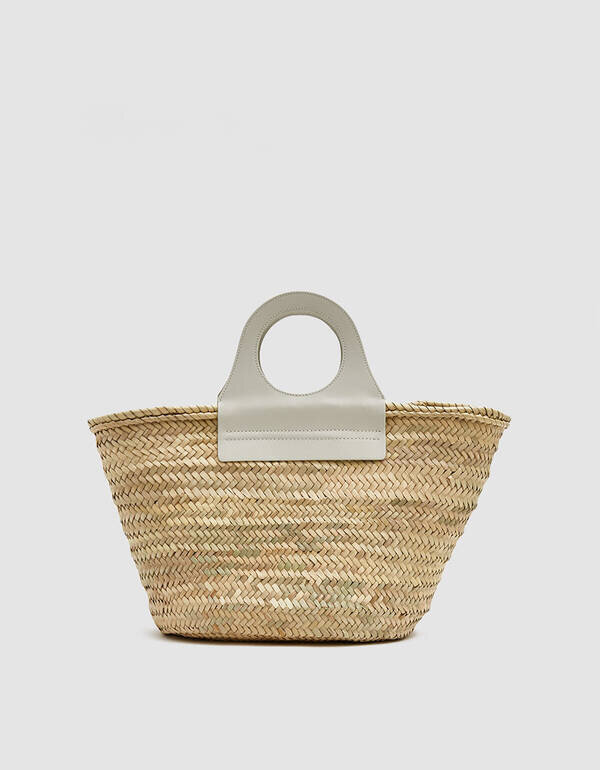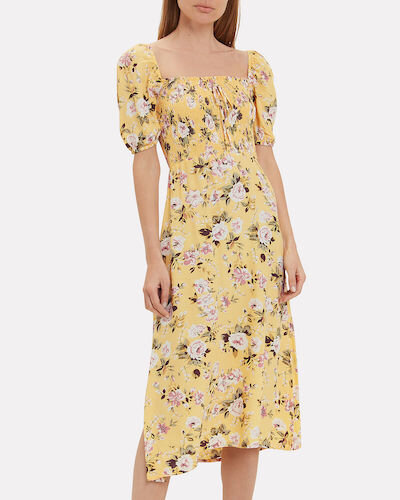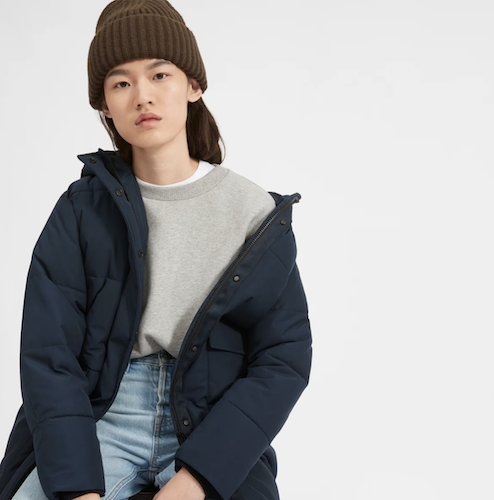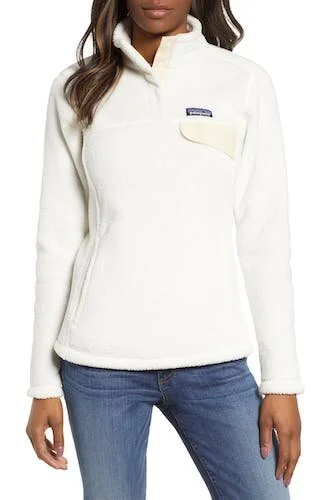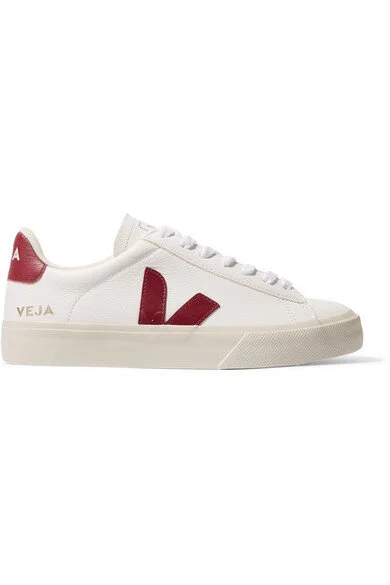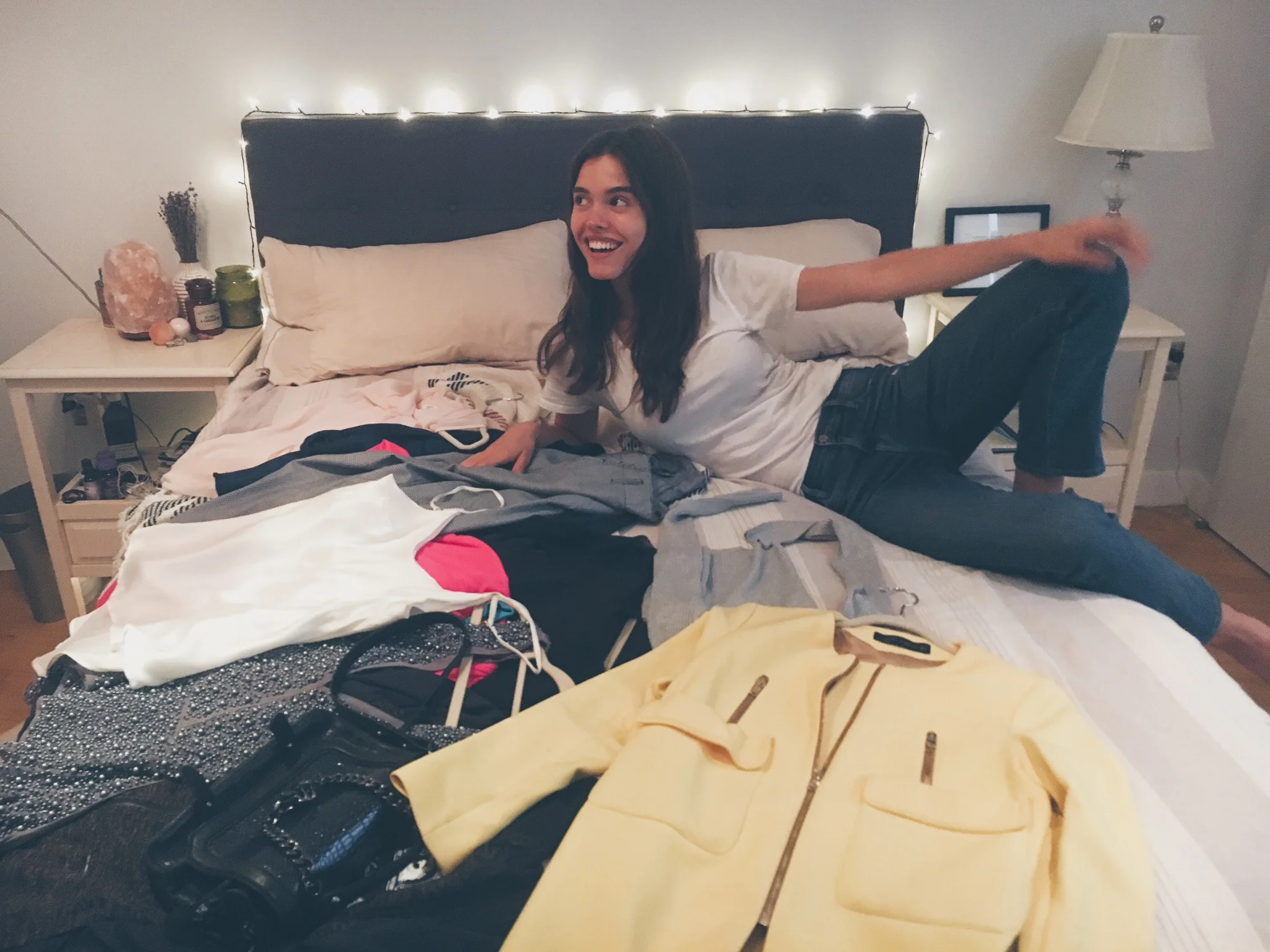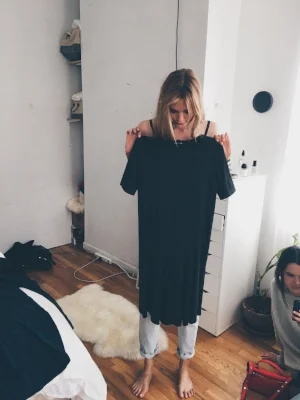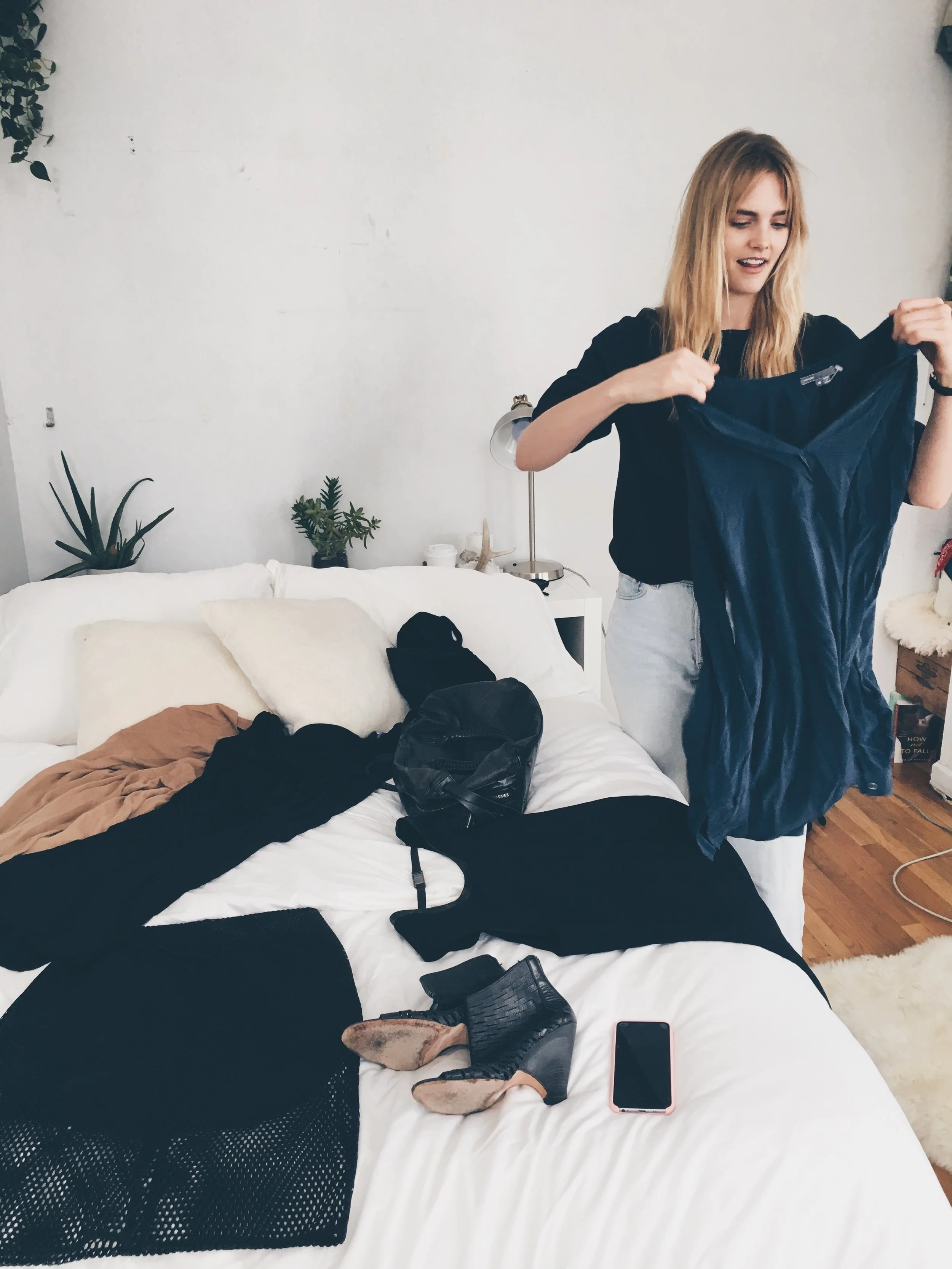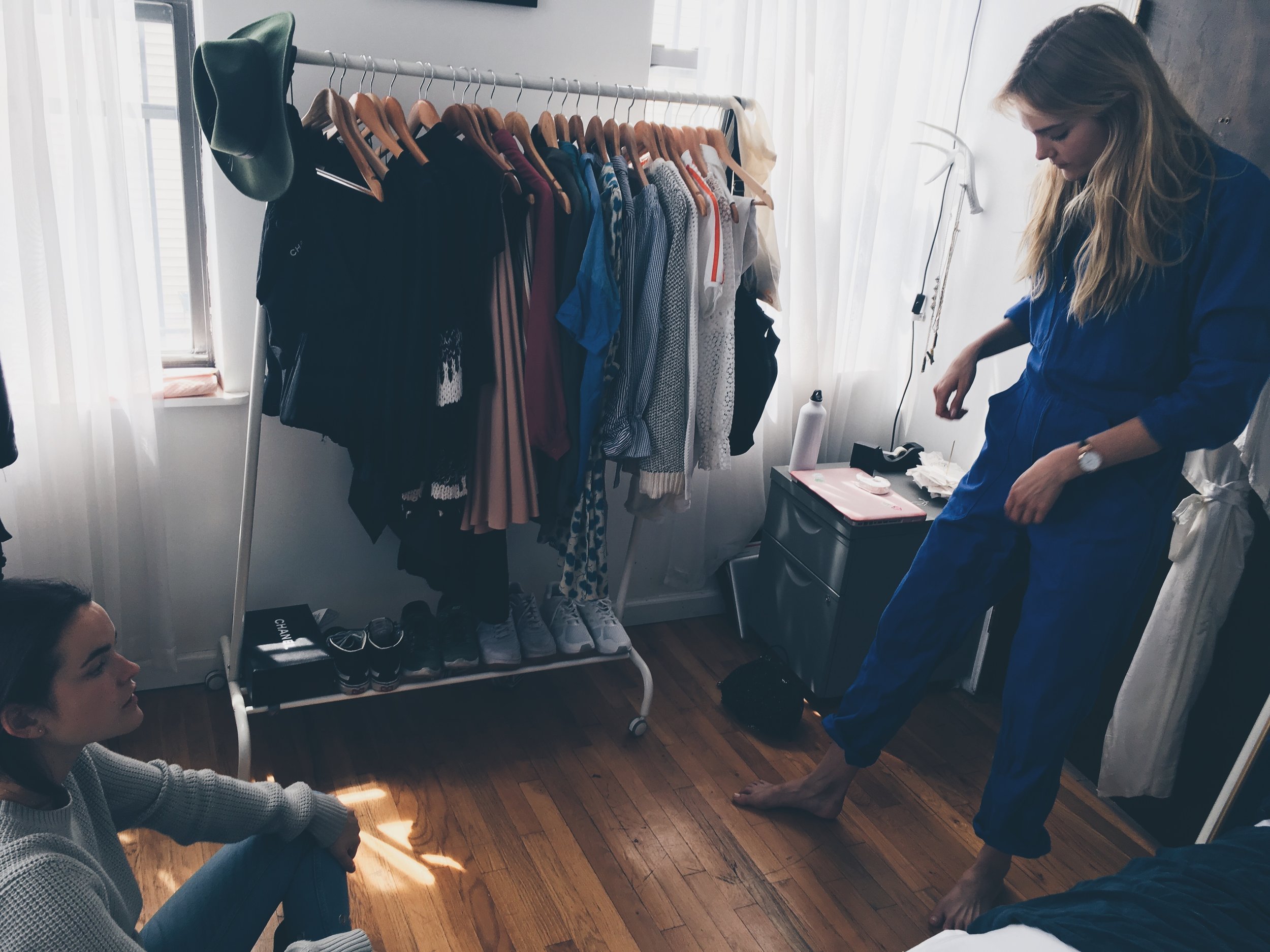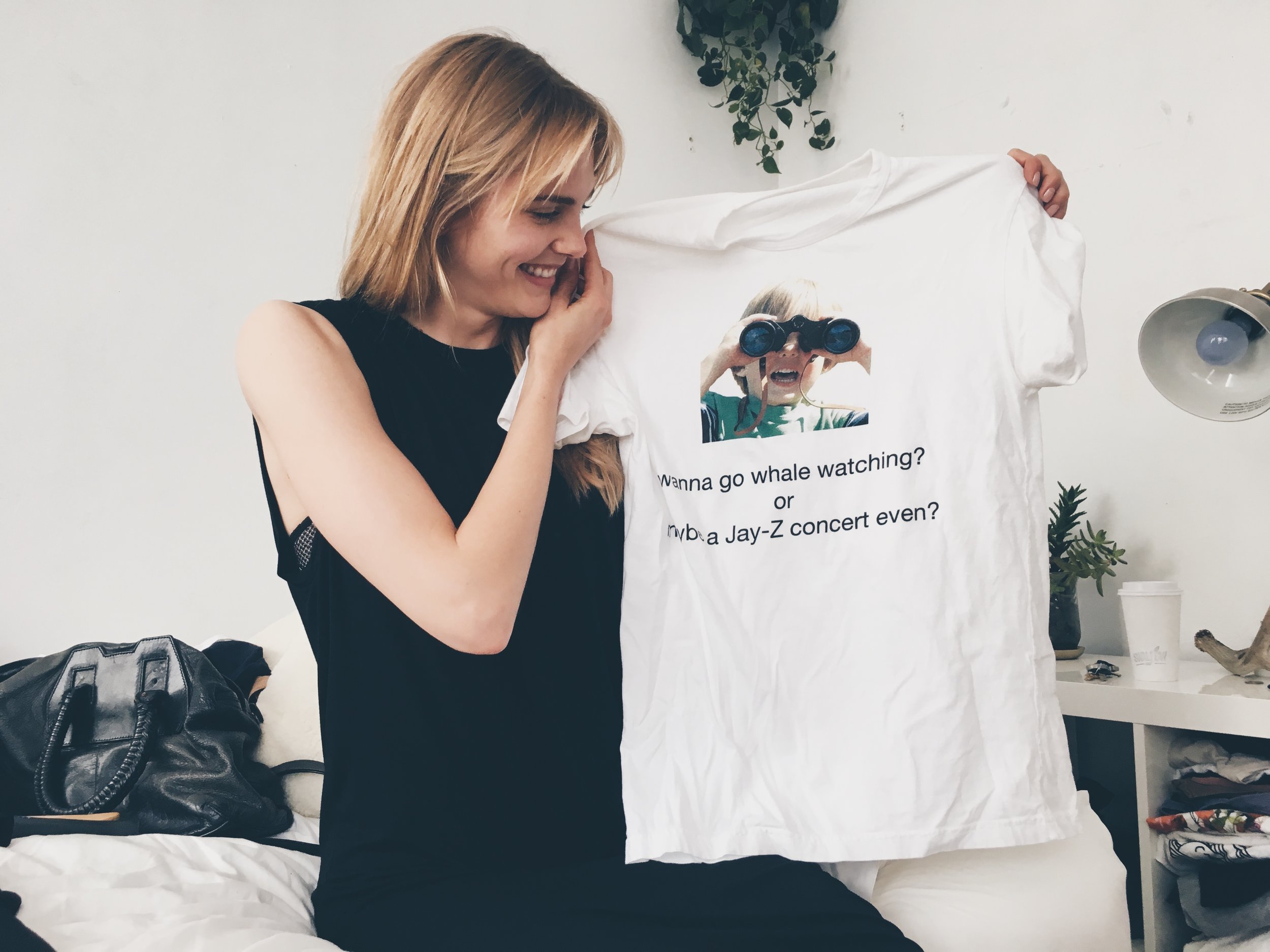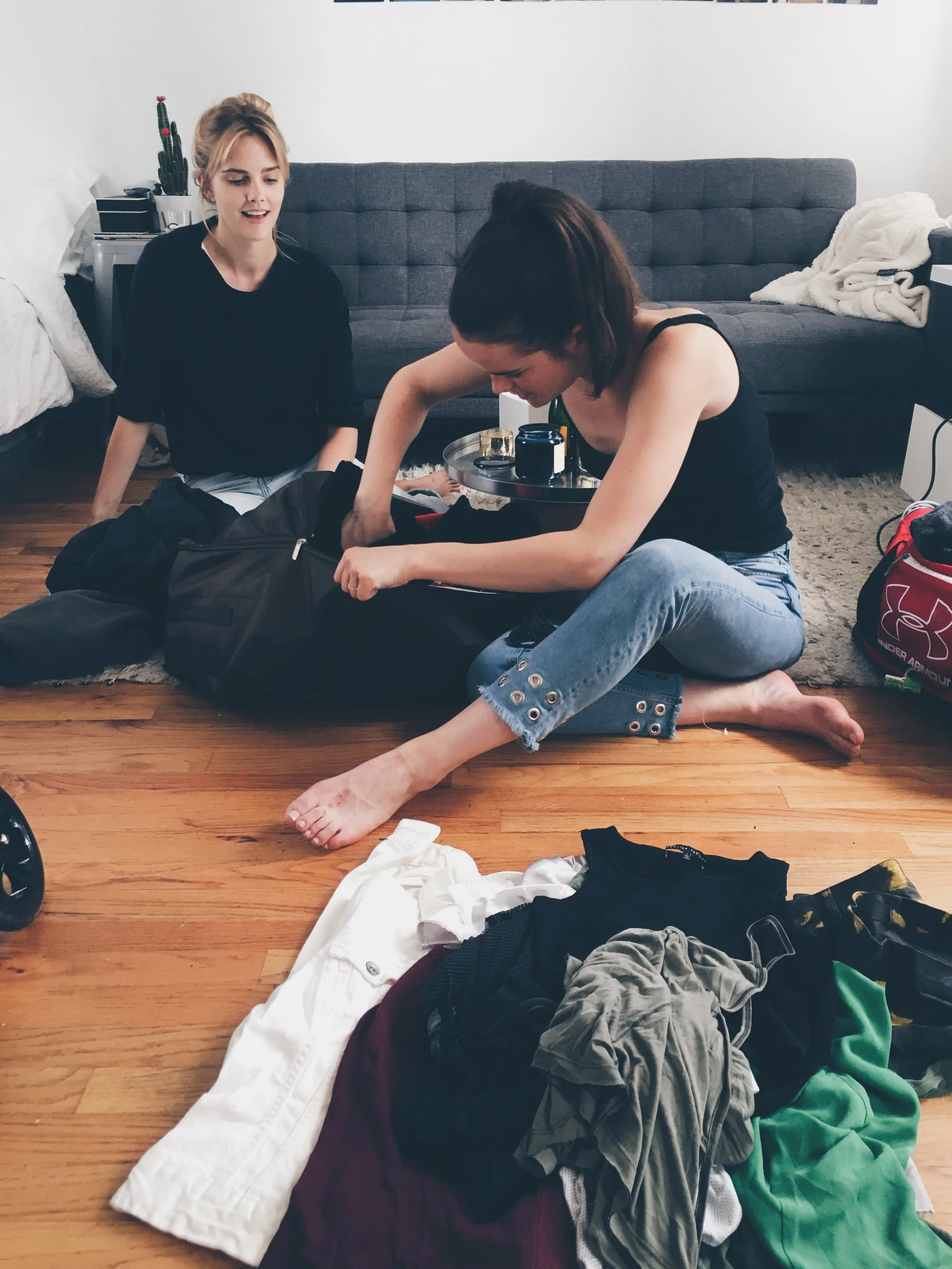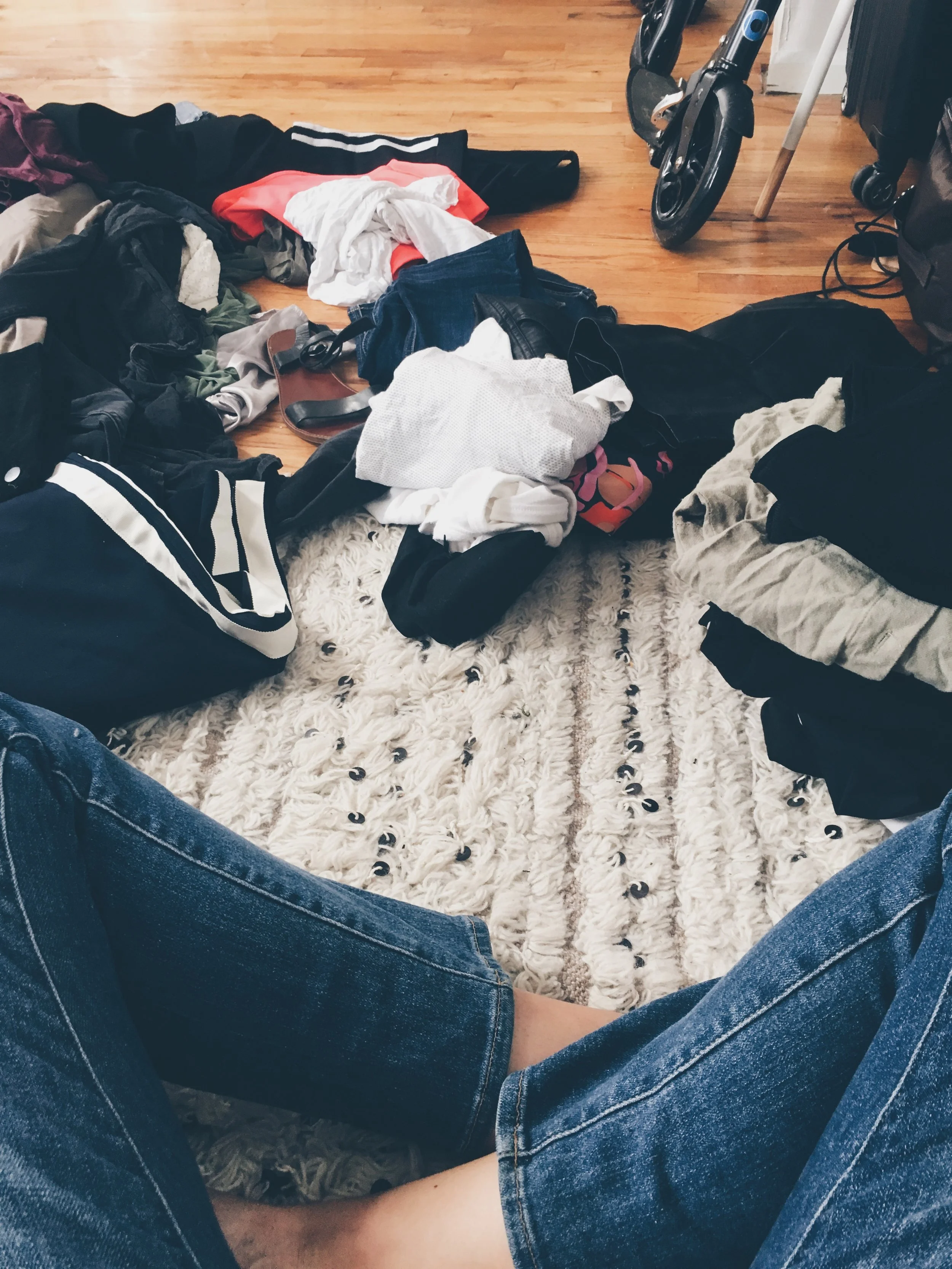It can be quite difficult to know if a company is truly sustainable or not. Not to mention the word ‘sustainable’ in itself can be puzzling. It can mean the company uses biodegradable materials, doesn’t use fur, reduces plastic use, produces locally, pays fair wages, zero waste practices, is conscious about the end life of their garments, and the list goes on and on. So- how do we personally vouch for companies at ODC and what can you look for when shopping to ensure you’re supporting a company that cares? Check out our suggestions below!
What ODC looks for:
We like to support companies that care, and while we list brands that may not do everything perfectly, we’re looking out for those that are transparent about their practices and ones that talk about short and long term goals for sustainability. Our red flag? When brands list they are fully sustainable, totally ‘green’, or use words like ‘eco-friendly’, ‘sustainable’, or ‘conscious’ loosely. We understand all these words are thrown around a lot, we use them too, but try and avoid supporting companies that use these words as a cover. You can usually tell whether they are being authentic or not based on the evidence they back their claims with.
Some things you can look out for when looking into a business; factory information & certifications, production practices (i.e. renewable energy use, recycling, water treatment), carbon footprint/greenhouse gas emissions, packaging & shipping, and a list of fabrics they use.
1) Factories:
with regards to factory information, it’s always helpful when a company discloses where their factories are located or what kind of values the factory has; i.e. is it family run, what certifications they have or if it’s local to where the company is based? Does the company care about where their items are shipped from to avoid high carbon emissions? Lots of times, on their ‘about us’ or ‘sustainability’ section of the website, a transparent company will have pictures of some of the factory workers or a list of ‘must-haves’ for working with that facility. For them, there’s nothing to hide.
2) Production practices:
In addition to the factory information, sometimes companies will list things they practice in their factory or office. Things like water treatment, using renewable energy to run the factory/office space, mandating recycling, using low-impact dyes and chemicals in the treatment processes or ensuring there is a way to take back customers used garments to close to loop on fabric waste. Reformation does a great job listing what specifics their factories and office spaces do. When thinking about the end life of a garment, I personally think if a business is part of the production process, they should also be held accountable for where their garments end up, (somewhere other than a landfill!). Companies like For Days figured out a way to take back all customer’s used clothes and rework the fabrics are therefore high up on my ‘favorites’ list.
3) Local vs. overseas production:
Some companies will choose to source and produce all their clothes locally. While ‘made in China’ tends to have a negative stigma attached to it, it doesn’t necessarily have to be a bad thing. You can find some amazing ethically run factories abroad and help finance family run or artisanal businesses this way by providing them with orders. This can help give them exposure to the Western world too. Local production does however severely cut down on carbon emissions from shipping internationally. Check out the ‘our mission’ section of Los Angeles Apparel, they talk about their reasoning for producing locally in L.A..
4) Shipping materials:
While I don’t necessarily think using recycled/biodegradable mailers is ‘enough’ of a qualification to call yourself a sustainably-minded brand, it is nice when companies ensure everything they ship their items in are made from eco-friendly materials. My personal favorites are biodegradable mailers. No Issue is a great company to support if you’re in the production world and looking for a supplier.
5) Fabrics:
Lastly, nearly all of the companies we have on this site use some sort of sustainable materials in their fabrics. Tencel, recycled cotton, hemp or linen are some awesome options and alternatives to synthetic materials (like polyester). Generally speaking plastic is quite hard to avoid, so if it’s something they mention they’re trying to phase out, that’s great. Just check in if they’re working to meet that goal. You can write e-mails to companies under their ‘contact us’ section and say you’re a proud supporter of sustainability and love the brand but wish they would invest in more materials besides plastic. Our dollar is our vote, so let them know you want to support a company that cares about the environment! We’ve survived in the past without plastic, let’s phase it out and demand more earth-friendly materials in the garments we buy (demand will help lower costs too, in addition of course to the necessity of subsidies created by policymakers).
We hope this guide helped define what different qualities make a brand sustainable or not. As a customer, think deeply about what qualities (one or all) of the aforementioned attributes resonate best with you and support companies that share the same values. And remember, the absolute best thing we can to do be conscious of our purchasing habits is to first, reduce your purchases overall. Reuse what you already have, go shopping in your own closet and if you do need something, think before you buy to make sure it’s something you truly need to buy new. Try borrowing from a friend or hosting a clothing swap party. You can also support second hand shopping. As mentioned, reusing something that’s already been produced can easily help it stay away from another landfill. This is a powerful tool we can all incorporate into our lifestyle habits.
Lastly!
Beyond small daily actions, if you can we must vote this November! Supporting companies who are doing it right is a great start but unfortunately it goes far and beyond that. Ultimately, it needs to be a combination of our individual actions and those in power who can control what protection agencies are being funded, what eco-friendly materials get subsidized, and what sources of energy are heavily taxed. Activate yourself, rally with your friends, and demand a government in power that aligns with all your values and for the safety of our planet.. And remember, the planet will live far beyond our existence. Protecting the environment is a problem that will affect us all, rich and poor. Vote!
